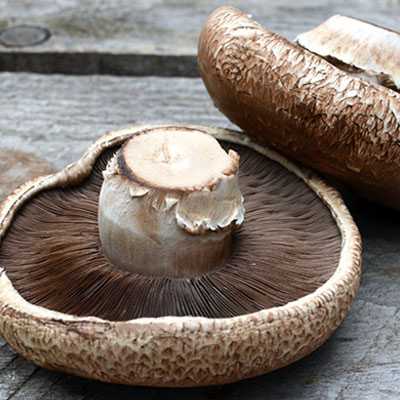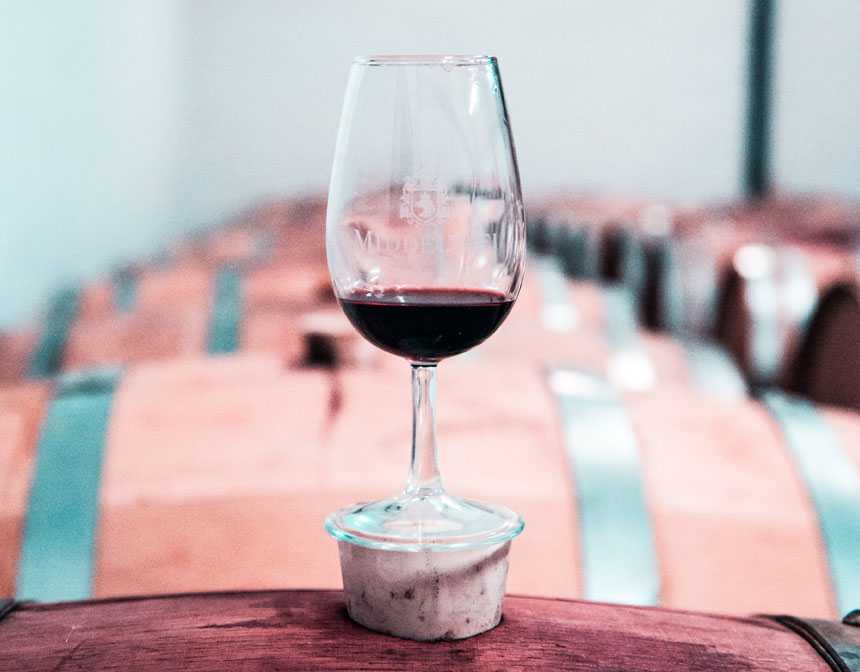The Origins of Chicken Cacciatore
The word "cacciatore" means "hunter" in Italian, and as the name suggests, Chicken Cacciatore is a "hunter-style" dish. Historically, after a successful hunt, the hunters would return with game and forage for ingredients in the wild, such as mushrooms, onions, and tomatoes. The traditional chicken cacciatore recipe evolved from these simple beginnings, emphasizing hearty and robust flavors.
Modern Twists and Variations
In today's culinary landscape, while the essence of the dish remains true to its rustic origins, various modern adaptations have emerged. For those looking to simplify the process without compromising on taste, an easy chicken cacciatore recipe can be executed using modern kitchen gadgets. For instance, by using a chicken cacciatore slow cooker or chicken cacciatore crock pot method, one can achieve a deeply flavored and tender chicken with minimal fuss. Such innovations make it feasible for the dish to be prepared in the morning and be ready to serve by dinner time.
Why It's Loved Worldwide
What sets the best chicken cacciatore recipe apart from other chicken dishes is its rich and aromatic tomato-based sauce combined with a blend of herbs and vegetables. Over the years, the dish has traveled beyond the borders of Italy, with each region or family adding its unique twist. Whether it's the traditional chicken cacciatore recipe handed down through generations or a modern, easy-to-follow version, this dish continues to be a favorite, embodying the very essence of Italian comfort food.
What Is Chicken Cacciatore Sauce Made Of?
Chicken cacciatore sauce is a rich and hearty sauce traditionally made from a combination of tomatoes, bell peppers, onions, garlic, and herbs. Here's a breakdown of the primary ingredients commonly found in chicken cacciatore sauce:
Tomatoes: This forms the base of the sauce. Fresh tomatoes, diced or crushed, are ideal, but canned tomatoes can also be used for convenience.
Bell Peppers: Often red and green bell peppers are used, sliced into strips or diced.
Onions: Typically, white or yellow onions are preferred, finely chopped or sliced.
Garlic: Minced or finely chopped garlic adds depth and flavor.
Herbs: Oregano, basil, and rosemary are commonly used herbs in the sauce. Fresh herbs add a vibrant flavor, but dried herbs can be used as a substitute.
Red Wine: Some recipes incorporate red wine for added depth and richness.
Olive Oil: Used to sauté the vegetables and brown the chicken before simmering in the sauce.
Broth or Stock: Chicken broth or stock can be added to provide more liquid and enhance the chicken flavor.
Mushrooms: Some variations of the recipe include sliced mushrooms for an added earthy flavor.
Salt and Pepper: For seasoning.
Red Pepper Flakes: For those who prefer a bit of heat.
Capers and Olives: Some versions, especially from certain regions of Italy, might include capers and olives for a tangy twist.
The chicken is browned and then simmered in this sauce, allowing the flavors to meld and the chicken to become tender and flavorful.
What Does Chicken Cacciatore Stand For?
"Chicken Cacciatore" translates to "hunter's chicken" in English. The term "cacciatore" comes from the Italian word "cacciatore" which means "hunter." The dish gets its name from the way it's traditionally prepared in Italy, which is reminiscent of a hunter's style of cooking. Historically, after a hunt, the catch would be cooked with ingredients on hand, often including tomatoes, onions, and herbs. In the context of this dish, "hunter-style" typically refers to a rustic, hearty, and flavorful stew or sauce made with chicken, tomatoes, and other ingredients. The "hunter-style" preparation isn't exclusive to chicken; in Italy, it can also refer to dishes made with other meats cooked in a similar manner.
What To Eat With Chicken Cacciatore?
Chicken cacciatore, with its robust and hearty sauce, pairs well with a variety of side dishes. Here are some popular choices to complement the flavors of chicken cacciatore:
Pasta: Spaghetti, linguine, or fettuccine are classic choices. The pasta helps soak up the rich sauce and creates a fulfilling meal.
Rice or Risotto: A side of plain or garlic rice can balance the bold flavors of the cacciatore. Risotto, especially a simple parmesan or mushroom risotto, can be a delightful accompaniment.
Crusty Bread: A slice of rustic Italian bread or a baguette is perfect for mopping up the delicious sauce.
Polenta: Creamy or grilled polenta provides a comforting base for the rich cacciatore sauce.
Mashed Potatoes: A bed of fluffy mashed potatoes can complement the saucy chicken dish.
Green Vegetables: Steamed or sautéed vegetables such as green beans, broccoli, or zucchini provide a refreshing contrast.
Salad: A simple green salad with a light vinaigrette can offer a crisp and refreshing contrast to the hearty cacciatore.
Roasted or Steamed Vegetables: Think carrots, bell peppers, or Brussels sprouts for a side that complements the main dish's flavors.
Beans: Cannellini or borlotti beans, either stewed or in a salad, can add some protein and fiber to the meal.
Couscous or Quinoa: For a lighter alternative to rice or pasta, consider couscous or quinoa.
When serving chicken cacciatore, consider the balance of textures and flavors to create a well-rounded meal. For instance, if the cacciatore sauce is especially rich and heavy, opt for a lighter side like a green salad or steamed vegetables to balance out the meal.
What Is Chicken Called In Italy?
In Italy, chicken is called "pollo." If you're referring to a young chicken or a chick, it's called "pulcino." When ordering dishes in Italy, you'll often see "pollo" on the menu for dishes that contain chicken.













































